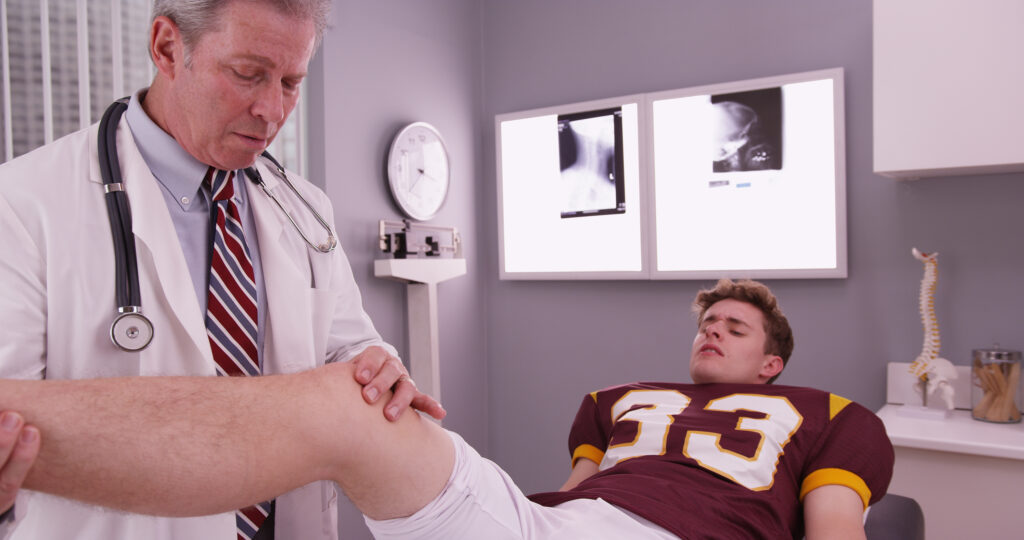Patellar dislocation
Patellar dislocation commonly occurs during deceleration. When slowing down from a run to a walk. The patella slides from the groove between the femoral consoles. It doesn’t limit mobility. Swelling and pain can occur in this condition. People who have a structural deformity like high patella or a muscle imbalance, have a probability of subluxation.
If the muscle vastus lateralis is stronger than the inner muscle vastus medialis of the quadriceps, muscle group. The imbalance can lead to uneven pressure on the patella, pulling the patella out of alignment. Additionally, the patella and the lateral femoral condyle may be bruised. This occurs with contractions like landing from a jump, changing direction or planting.

Cause of injury
Forsful twist of the knee.A strength imbalance between the inner and outer quadriceps. Impact of the patella to the side.
Patellar dislocation symptoms
Pressure is feeling under the patella. swelling and pain behind the patella. Pain when straightening or bending the knee.
Complications if left untreated
Fractures can be caused by subluxations in the patella, cartilage tears and causing stress on the tendons. If not treated properly that could result in chronic subluxations.
Patellar dislocation treatment
RICER. Anti-inflammatory diet and medication.
Patellar dislocation rehabilitation and prevention
Do only activities that don’t aggravate the injury, like biking or swimming rather than running. The muscle imbalance could be corrected with stretching of vastus lateralis and strengthening of vastus medialis. When returning to sports activity a brace to support the patella in place might be needed. It’s important to keep the muscles surrounding the knee flexible, and strong and prevent direct impact to prevent subluxations.
Long-term prognosis
Subluxation heels well with proper rehabilitation and rest. Surgery may be rarely required to avoid reoccurring subluxations due to instability or misalignment.

